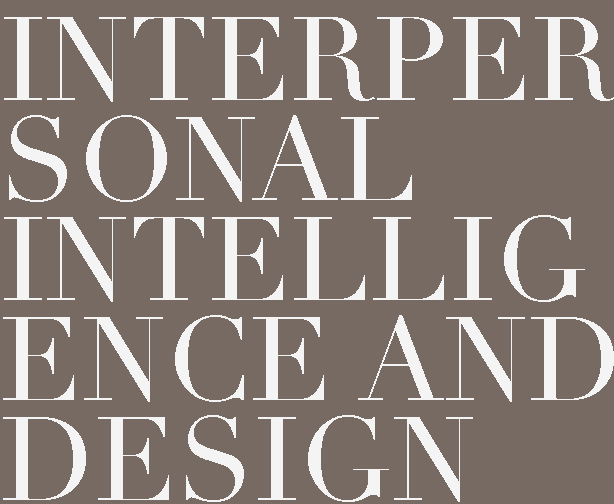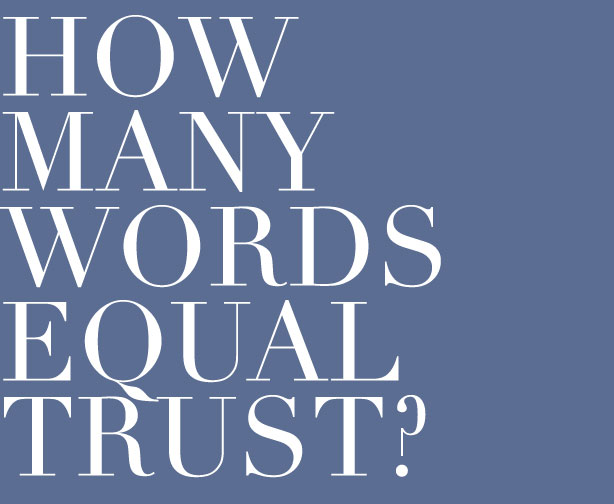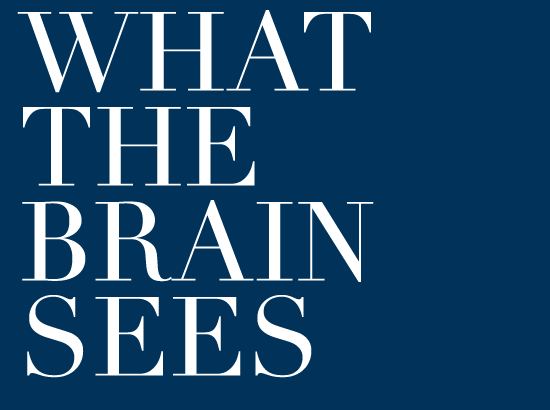What works…
What I do differently and how I do it
First of all, I would like to clarify some differences between communication disciplines. Advertising, Marketing, Public Relations, Graphic Design and Branding are all disciplines that are hard to define and for many, including start-ups, differentiating between them is daunting. Where do you spend your money to get the biggest bang for your buck.
“The greatest role for an identity or trademark is to make the viewer feel well intended or affectionate towards what it represents.” —Milton Glaser
All of these fall under marketing but each has a different fundamental purpose
Advertising is about creating Awareness
PR is about creating Engagement
Design is about creating Affection
It’s funny, but it sounds like design is the least important. Don’t you want everyone to know your name? Be able to rhyme it off first? Well yes, if you are a global brand competing to dominate the space. But what if you are not? Engagement is definitely up there isn’t it? And, it’s measurable. This means you can justify paying for it and track it. How many likes or comments did you get? The action of clicking a like button or even better to comment or engage in conversation is said to be one step away from doing business. That’s good no? Absolutely! So why bother with affection? What does it mean if your audience likes you? Can you measure it? I doubt it. So why does it matter?
For me, affection matters most. If I like someone, it means that I will trust them. When I trust them I will work with them or do business with them. I will naturally prefer them to others – those I don’t like and those I don’t know. Inevitably, they’ll win my loyalty. So, you tell me – is affection important?
So how do you go about creating affection?
This is what interests me. This is where design comes to the fore — because it tackles human connection, understanding and relationship through empathy and emotion. These are intangible. They involve the subliminal, the intuitive, the metaphoric disguised as logic. I mentioned somewhere else on this site – on websites page – that personality and character are key to authentically connecting with your audience. They are what you have to work with to create affection. But you don’t have a person. An actor to direct through a script on a set. All you ave is words and pictures.
Despite what you might expect, all the logic in the world won’t persuade a person to like you if you can’t first make them smile/relate. And for that — things have to hit some very human notes. That’s where design comes in. Because to achieve this, you rely almost entirely on intuition and gut. Then you take a leap, latch onto what feels right and use your skills and experience to turn that feeling into something tangible.
Now take another look at your brand mark and consider it through this lens. Does is help create affection or does it leave the viewer cold?
Why can’t you rely on logic or past results?
You cannot rely on what makes logical sense or on what has worked for others… Think about it in terms of your friends. Just because someone new repeats something your oldest friend said, that made you smile, doesn’t mean you will smile and become friends with the new person. On the contrary, you will feel their words are contrived and insincere. You will probably be very suspicious of them. And, if you feel they are trying to manipulate you, you will even feel resentful towards them. (There is a brilliant lecture by David Snowden PhD that, among many other brilliant scientific observations, explains why looking to past successes doesn’t correlate with future success 33.27 mins CLICK HERE)
Imperfection is human.
Personality is not about perfection but it is about consistency. It’s also about authenticity and empathy. Being real and being honest. Then you stand a chance at standing out and at really connecting. So what does it take? Unlike Youtubers, business owners can’t spend their days talking to their audience directly. That’s what your branding, website, social media, collateral etc is supposed to do for you. It’s supposed to communicate for you because you can’t be there in person. The challenge is to make sure that all communication channels have a consistent personality that can be perceived and related to through their look, feel, voice and tone.
Find someone that “gets you.”
Find someone to work with that “get’s you.” Some one that can intuitively pick up and translate your unique character and personality and breath it through your business communications. Create the content, pictures and words that convey who you are and what you stand for in a way that resonates with your audience(s).
This is what I’m good at. I’s why my clients sometimes think I read their minds and why I trust that what I do will be “exactly” right for them. Irrespective if their business is the similar to another, it is never the same because they themselves are different. The founder of one car company is not the same as the founder of another car company. So trust that who you are is what matters most to your business and find someone who can tap into that and help you use it.
How do you know if you have found the right person for the job?
It’s not as hard as you think. You have to start with choosing someone you like. Ha! Isn’t it ironic that affection is the prerequisite condition necessary to achieve the outcome of affection. If you are already working with someone you like then all you need to do is modify the objective.
Acknowledgements
Once again, I have Milton to thank for teaching me about the relationship between design and affection. He articulates it well in this little 2014 interview where he is annoyed at Florence’s attempt to brand itself without first understanding what the purpose of branding is.
“The greatest role for an identity or trademark is to make the viewer feel well intended or affectionate towards what it represents.” —Milton Glaser
RELATED ARTICLES
(COMING SOON)
How To Use Interpersonal Intelligence in Branding and Communications.
“It’s impossible to choose from a thousand anything” Milton Glaser Interview (left). The Paradox of Choice. I have a book by this title by Barry Schwartz, but I haven’t read it yet. I suspect that this episode of Brain Games covers what’s important. In my work, I prefer to work on one solution and then, if I am wrong, it is still the most efficient and safest way to get to right.




